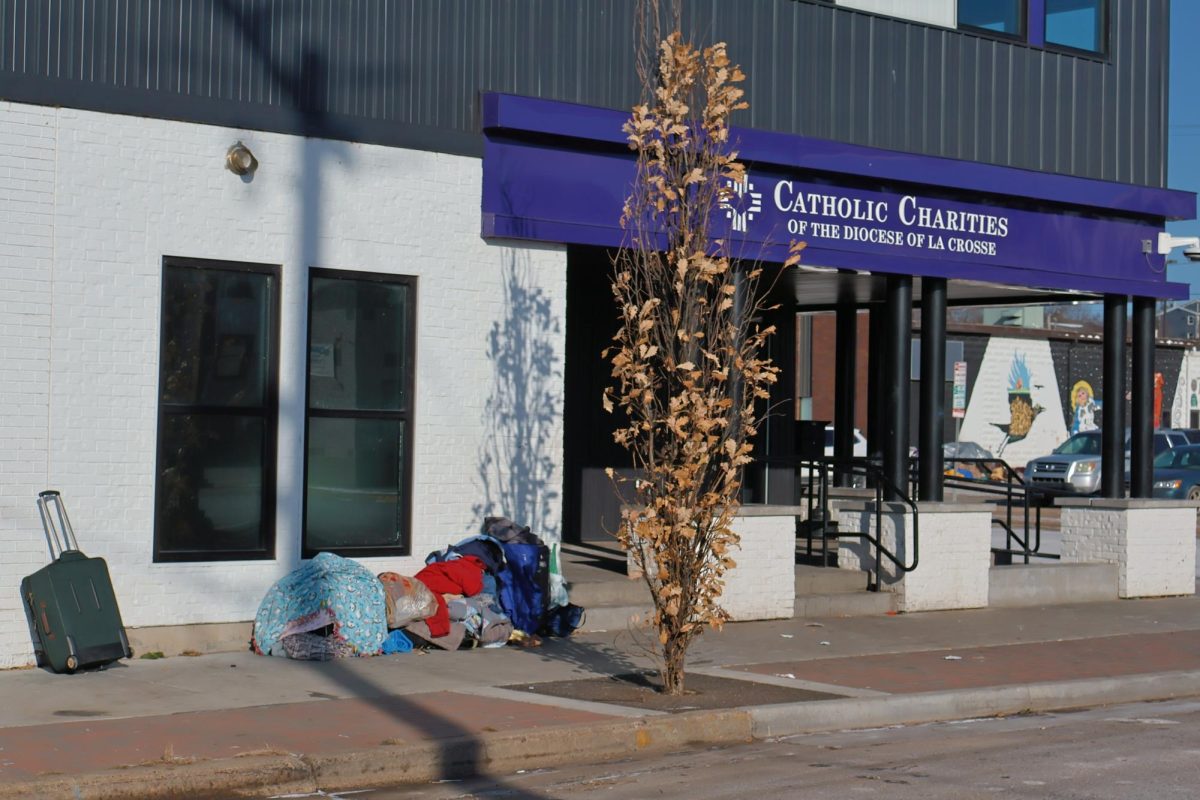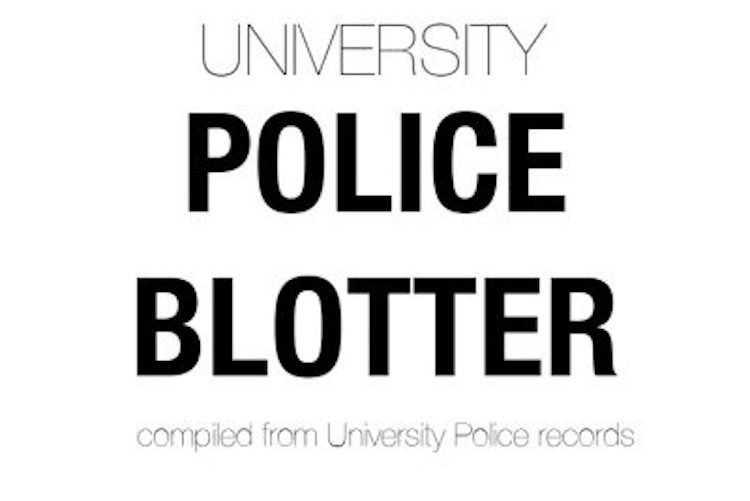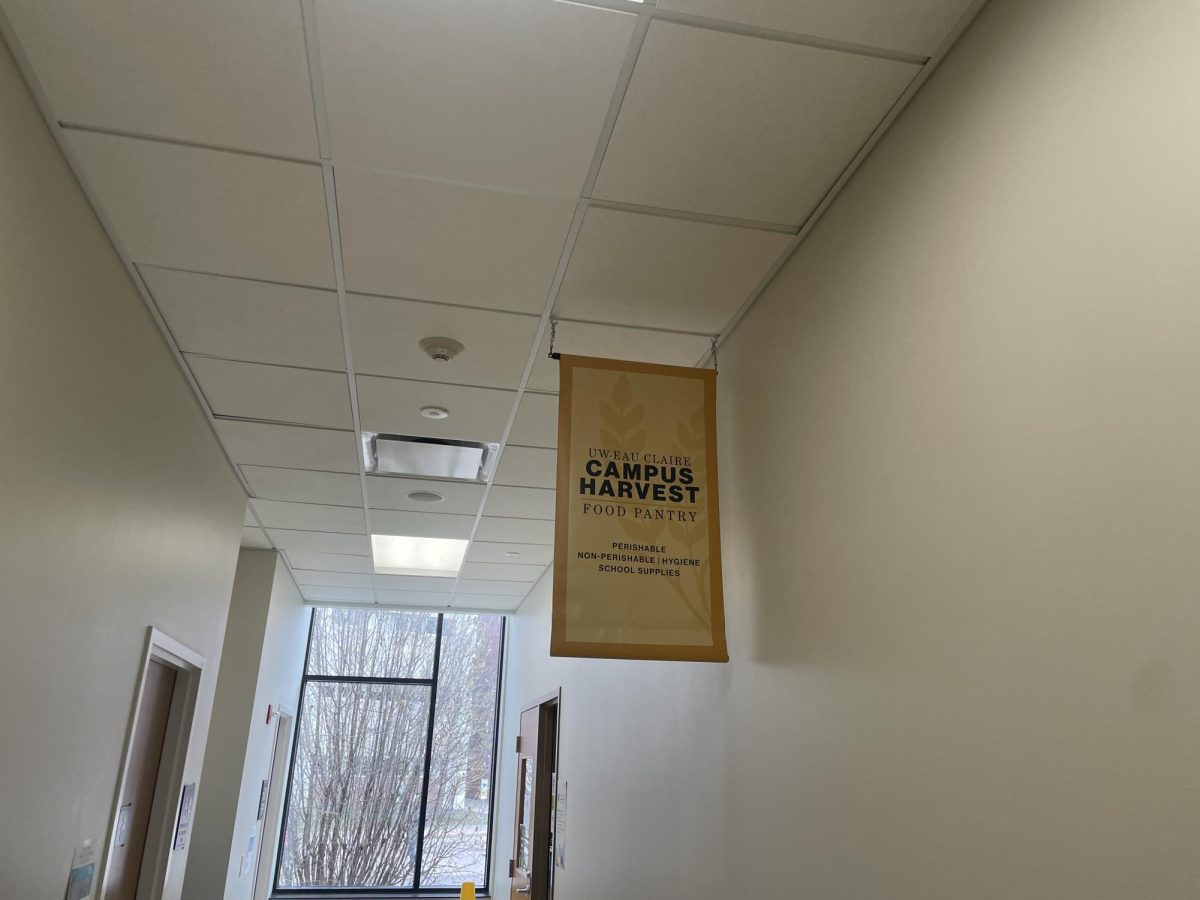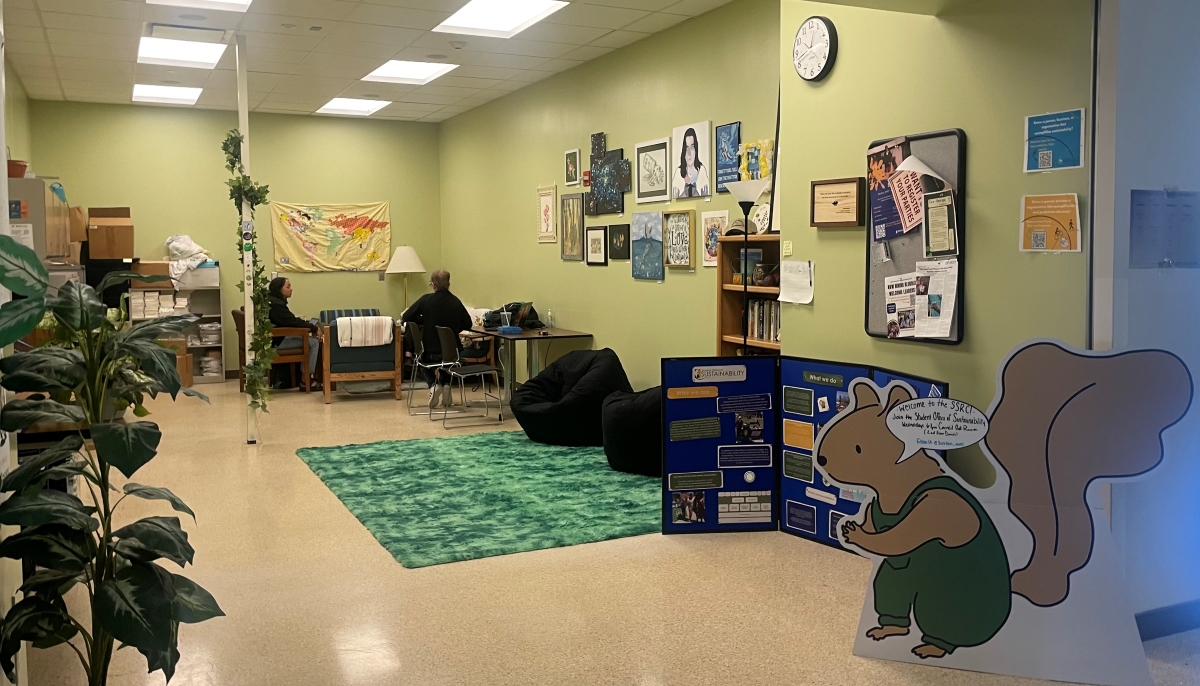By Tuesday, UW-Eau Claire sophomore Stephen Kahlow had received emails about classes and class sections not being offered, thanks to ramifications of a required budget lapse for Wisconsin’s biennium budget.
That’s not all, either. Eau Claire students may see increased class sizes in addition to a decrease in certain classes due to the lapse, according to the administration; however, minimizing impact on students is key.
“Obviously I’m displeased with how disproportionate (the lapse) is,” Kahlow said. The disproportion Kahlow spoke of regarded the distribution of cuts released Oct. 14, which requires a $65.6 million cut from the UW System over the next two years. The cut is is roughly 38 percent of the $174.3 million lapse. The System represents about 7 percent of Wisconsin’s yearly general purpose expenditures. The cut Eau Claire faces is $2.3 million for this year.
Assistant Chancellor of Budget and Finance David Gessner said the general reaction to the news of the lapse from campus has been understanding in light of the financial situation of the state and university.
“I think that there has been some concern about the impact,” he said.
Gessner said the sheer size of the reduction amount for the lapse “was very disproportional,” citing the point that the Department of Administration shielded other state agencies from the lapse based on contractual commitments, such as the corrections department. But when it came to the university, he said, the DOA doled out a share and did not identify any of the components that were similar to those in
other agencies.
“What the UW System wanted was to be treated the same way,” he said. “Take those off the table for us, too.”
Gessner said the UW System is requesting a more equitable distribution of the lapse amount, but there was no response yet from the Department of Administration, which prepared the lapse recommendations. In the meantime, though, the System is proceeding with plans for the lapse report.
“I’m particularly concerned that corrections is receiving a larger percentage of the budget than we are,” Kahlow said. “I think that speaks to larger socioeconomic problems than just the cost of higher education. The biggest problem is that there’s no easy way to solve it. Every problem we have now is connected to another problem, so we can’t really fix any one at a time.”
Gessner said Academic Affairs has looked carefully at courses for the spring semester and is concentrating resources on the most important things for students to meet degree requirements and maintain the path toward graduation.
“We have not taken any steps … where we have in essence laid off permanent staff or done anything like that,” he said. However, it is possible that some instructional staff that are hired semester to semester may not have gotten
a contract.
“There will be fewer sections of certain courses,” he said, adding that he expects that there would potentially be larger class sizes. “The objective has been to minimize the impact on students.”
Chancellor Brian Levin-Stankevich and other members of the administration repeated that effort during various meetings, including a Chancellor’s Roundtable on Wednesday.
Mathematics professor Sherrie Serros things students need to be aware of the implications of the lapse.
“There will be students who might need to go another semester because courses that they need to graduate are not going to be offered,” she said. “Or, worse, those courses could be waived. Then the entire integrity of the program is at stake.”
The UW System received an extension on its lapse plan for Nov. 18; its original due date was Nov. 7, Gessner said. He added that more details would be available at the end of this week.
“They (lapse plans) tend to hit on examples of various kinds of things, various actions that will be taken to generate the savings requirements,” he said. “They’re not highly detailed.”






